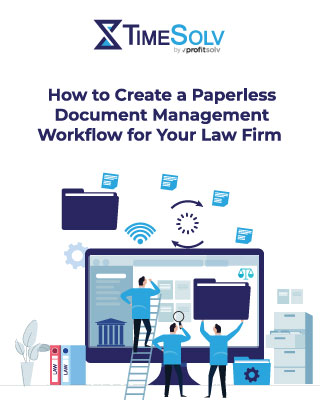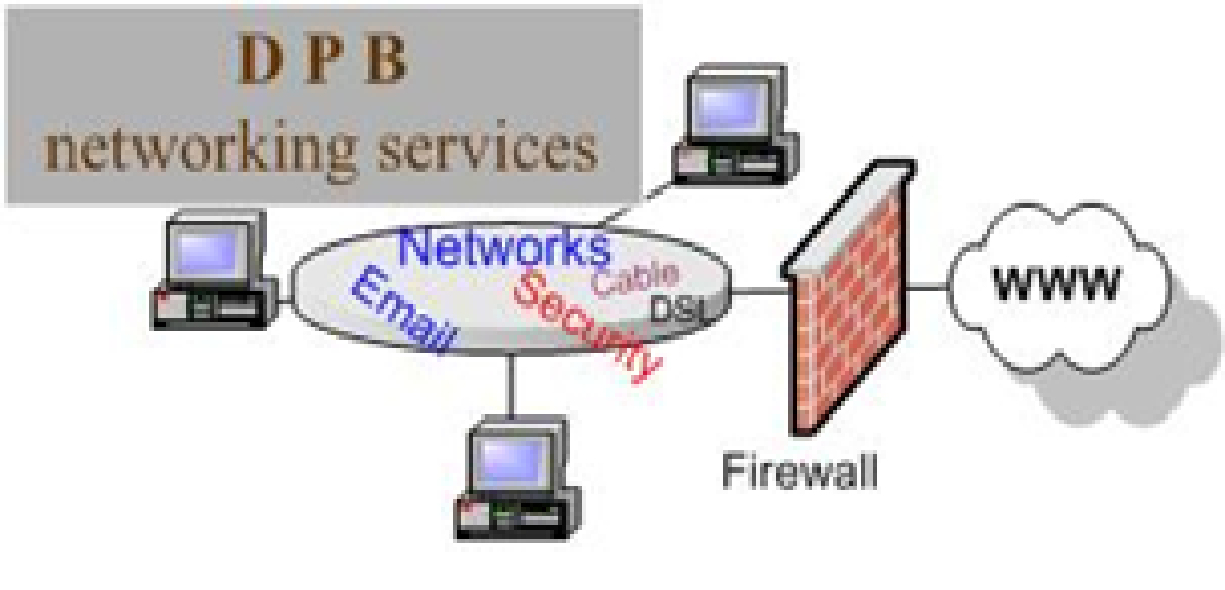Paper piles up.
Even in an age when email and texting are standard, paper remains a primary source of clutter in legal offices. And if you aren’t careful, depositions, briefs, and forms with confidential client information can accumulate in stacks on every semi-flat surface until finding a document becomes a time-consuming, billable-hour-wasting game of Where’s Waldo?
As an industry, we can do better—especially when we have the help of paperless document management tools like secure file-sharing, eSignature, and more.
Need a few reasons to consider the shift? We’ve got six.
Six reasons to switch to a paperless document management system
It doesn’t take extensive research to find that a paper-free legal office has a lot going in its favor. Adopting paperless practices benefits your clients, your team, and the environment alike.
Fortunately, spring is finally here, and with it comes an opportunity for a fresh start.
1. Improved productivity and focus
Have you ever looked at your cluttered desk and felt instantly exhausted? That feeling is about more than simply not being in the mood to clean.
Multiple studies have shown that external clutter overwhelms our brains and affects our emotions, cognition, relationships, and even our decision-making skills. Those impacts are less-than-ideal for attorneys, whose careers are built on critical thinking, strategic decisions, and strong relationships.
When you use a legal document management system with custom tags and document descriptions, though, you don’t just eliminate clutter. You also eliminate the wasted mental energy spent searching for documents across clients, matters, and projects.
2. Increased billable hours
The grind of paper-based internal workflows is labor-intensive. It might seem like these tasks take only seconds, but those seconds add up quickly when you consider how many documents an attorney handles in an average day (not to mention the time spent correcting data entry errors).
One process where law firms can make quick improvement: getting signatures.
Obtaining signatures has long been a paper-based and time-intensive task. Not only have legal professionals needed to print long contracts and agreements, but they’ve also had to review, organize, and mail them…and then wait for them to come back from clients. And if those documents aren’t signed, attorneys then have to start the tedious work of follow-ups, which can cost valuable billable hours.
But when law firms move away from paper-based “wet” signatures, they can see quicker turnaround times with less work. Using eSignature tools like LexSign, attorneys send secure and compliant requests for clients with one click. Even better? The risk of human error is lower with eSignatures because clients must correctly fill out all fields before the signed document can be returned.
How to Create a Paperless Document Management Workflow for Your Law Firm
To provide your clients with the best value possible, consider setting up paperless
document management workflows.
Don’t know where to start? Consider this your step-by-step map to creating a more efficient, eco-friendly law firm.
Download our free guide to create a paperless document management workflow for your law firm today!
3. Greater client convenience
More client-focused tasks equate to greater client satisfaction. Not to mention, paperless document management speeds up response times. For example, implementing secure file-sharing tools like LexShare can help attorneys send and receive documents from clients with just a few clicks.
Not only does this help clients bypass the need for extra passwords and client portals, but it also reduces the amount of time that attorneys need to spend on non-billable work—and increases the amount of time they can spend serving their clients.
As a result, clients are more likely to be seen, heard, and supported (plus, they’re more likely to refer your law firm to others or return in the future for help with additional legal matters).
4. Enhanced security and confidentiality
Documents that are sent via secure file-sharing and properly stored in the cloud offer a better solution than those sent by mail and stored in file cabinets.
In addition, paperless systems allow firm leaders to limit access to legal documents to authorized individuals who are directly involved with specific matters. This helps ensure that sensitive and confidential information is protected, reducing the risk of breaches and unauthorized access (not to mention non-compliance with regulatory guidelines).
5. Less complicated workflows
Let’s say you receive a document from a client that needs to be reviewed by multiple attorneys in your firm.
In a paper-based system, you would need to make physical copies of the document, distribute it to each attorney, and then wait for each attorney to complete their review before consolidating their feedback. This process can be time-consuming and error-prone—your document may even get misplaced or buried under piles of other paperwork.
Now, imagine a paperless system. The client uses your client portal or a secure file-sharing request to securely upload a document to you. In just a few clicks, you share the document with all of the relevant attorneys in your firm. They access and review the document from anywhere using their smart devices and add their feedback directly to the document, where you can review it instantly.
No file duplications necessary. No data entry errors. No time wasted.
If you’re using TimeSolv, you can even set up automated workflows to track the time spent on reviewing the document and automatically add it to your clients’ invoices. This automation saves time, eliminates errors, and helps you bill your clients more accurately and efficiently.
6. More efficient use of resources
Taking a step away from traditional document management methods helps your law firm save on printing costs, ink cartridges, paper, and—ultimately—overhead expenses. However, shifting toward a paperless system saves more than money…or even trees.
Choosing to transition to paperless document management workflows also saves an extraordinary amount of water.
Did you know that it takes up to 13 liters of water to produce one sheet of paper? This means that a law firm that produces 100,000 sheets of paper in a year could contribute to the use of up to 1.3 million gallons of water. That’s an alarming figure at a time when UNESCO is predicting a global water crisis.
Tackle your spring cleaning with TimeSolv
Implementing paperless workflows is a responsible decision that ultimately benefits attorneys, clients, and the environment alike. And if those benefits aren’t enough to motivate firms to adopt paperless practices, they also result in higher revenue and client satisfaction.
With the right tools and processes in place, ditching paper doesn’t have to be complicated. TimeSolv’s powerful integration with LexSign and LexShare makes it possible to achieve a seamless transition so that you can streamline your law firm’s operations and improve the client experience all in one fell swoop.
If you’re ready to begin your firm’s transition to a paperless system, sign up for a free trial of TimeSolv today.
How to Create a Paperless Document Management Workflow for Your Law Firm
To provide your clients with the best value possible, consider setting up paperless
document management workflows.
Don’t know where to start? Consider this your step-by-step map to creating a more efficient, eco-friendly law firm.
Download our free guide to create a paperless document management workflow for your law firm today!














